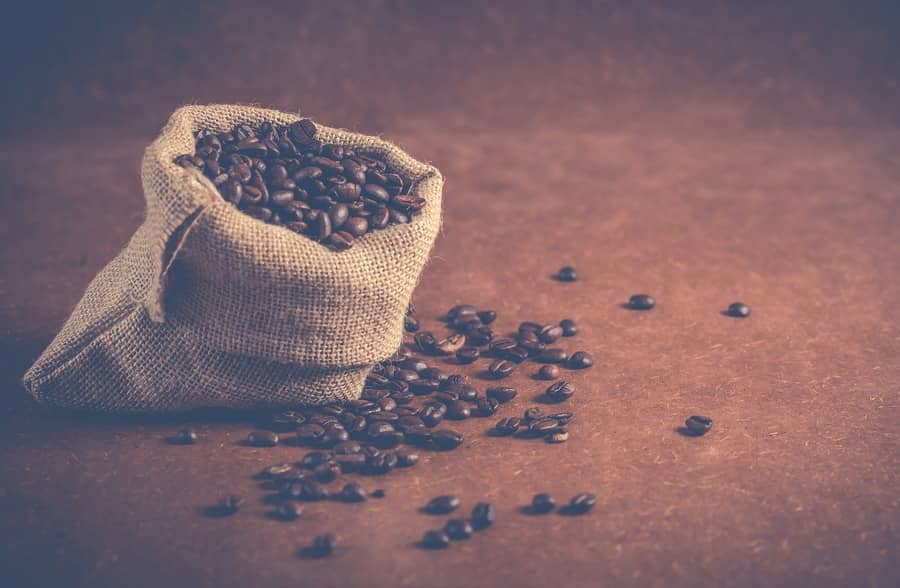Given the increase in Brazil’s 2023 crop, the country must generate a surplus of over 45 mln bags, considering the domestic consumption of 21.50 mln bags. The projection of very modest growth in domestic consumption is linked to the prospect of low economic growth this year in Brazil. This composition of higher production and lower domestic consumption ends up strengthening the exportable balance. Thus, SAFRAS projects coffee shipments for the 23/24 season of just over 44 mln bags. A volume 21% higher than last season’s.
Even with the increase in exports, stocks at the end of the season must rise to something around 5.6 mln bags. And the stock/consumption ratio rises to 26%, which must bring some relief to the domestic industry. In general terms, the projected slack in supply must allow the international market share to recover and allow for an increase in stocks, which naturally must have repercussions on the international coffee price curve.
Physical market assumes bearish bias
The domestic physical market starts the transition movement between crops, which will be marked by a significant productive change. The physical market still sustains higher prices, reflecting the lower crop reaped last year and, especially, the defensive posture of sellers. New crop ideas, in turn, work at lower levels, bringing forward the seasonal effect of arrival of new coffee in the market. The great distance between the two realities ends up altering the dynamics of the market and removing liquidity from business. But there is a gradual increase in selling interest, with growers taking a closer look at the next crop and understanding the potential effect on the price curve. It is important for sellers to be aware of these changes to try to take advantage of high volatility in the ICE futures and the dollar. Buyers have reduced demand, staggering positions in wait for new Brazilian coffee.
In the south of Minas, good cup is bidded at BRL 1,090 in the physicals, falling BRL 100 per bag, and indicated at BRL 990 for a position with the new crop for delivery and payment in September 2023. The market remains vulnerable to changes in the financial mood and the oil and dollar swings, but it has already taken a downward path, erasing the gains of the first months of the year.
The price of southern Minas Gerais coffee in real terms, deflated by IGP-M, indicates that February’s upward trend has slowed down, with the commodity falling back toward the 5-year average reference. A sign of exhaustion of the upward movement of the first two months of the year. The low of almost 9% in the 2nd position of coffee on ICE US and the decline in the dollar justify this change in the slope of the price curve for good cup in the south of Minas Gerais. The physical advance of coffee from Brazil’s 2023 crop tends to reinforce this trajectory toward an average reference. It must be noted that the deflated average indication for the last 5 years for the month of September is BRL 909 per bag.

